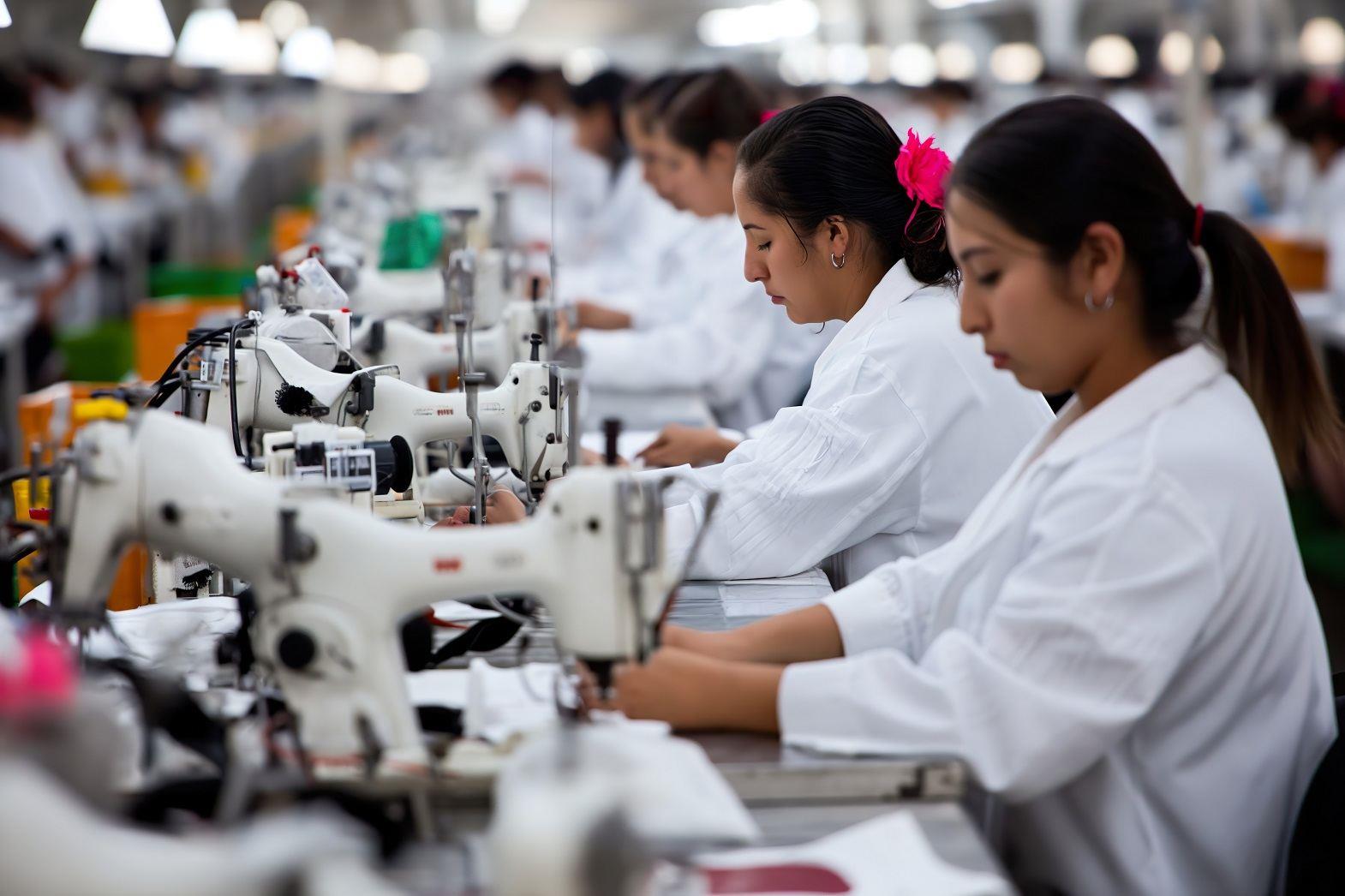Some economies extensively rely on neighboring countries for import and export of a particular sector. This dependency on each other can be limited, but it can never be wished away no matter how developed a country is. Thus, countries like Mexico that exclusively depend on neighboring countries for textile import and export, are now concentrating on developing trade ties pertaining to textile with other countries as well. Mexico has so far been involved in exporting and importing of its textile and apparel mainly to the United States of America, but this scene is changing now.
Mexico has realized that trade openness will help expand textile business opportunities for local companies by opening up new markets, removing unnecessary impediments and making it simpler for the country to export. In general, Mexico is the United States' third largest trading partner and in terms of textile and apparel products Mexico is the first Latin American supplier of apparel products to the U.S.A. and the fifth worldwide exporter after China, Vietnam, Indonesia, and Bangladesh. Among the apparels that Mexico exports to the United States, men's and boys' cotton trousers, shorts, and breeches form nearly 15.8 percent of total U.S.A. imports of these products in terms of volume.
With changes in the global trade system, Mexico is trying to improve its ties with countries like China. Mexico is also making sincere attempts to expand business ties with China to attract more capital in the textile sector. Today, even though the U.S.A. is one of the most significant textile markets for Mexico, the country has signed free-trade pacts with 43 countries, thus becoming a part of one of the largest such networks around the globe. Mexico is also a part of the Central America Free Trade Agreement. Mexico and Peru have also entered a deal for the import and export of clothing and other textiles.
The export of textiles to Canada by Mexico has also increased significantly, and this has raised Mexico's market share in Canada to almost five percent. Even though in 2013 the export of textiles to Canada has slowed down, it still stands strong. The annual clothing and textile sales by Mexican retailers are estimated at between US $10 and 12 billion dollars. With the textile and apparel industry becoming one of the strongest sectors of the Mexican economy, the black market for clothing has also increased and today it stands at US $ 13 billion annually, with 55 percent supplied by Mexican producers and 45 percent by foreign manufacturers.
Presently, the Mexican textile industry is focusing on the production of synthetic fibers mixed with rayon, and other artificial fibers. Also, fabrics with textured polyester dyes and taffeta fabrics with discontinuous dyes made of polyester fibers are dominating the Mexican textile market. Upholstery fabrics, industrial fabrics for the automotive industry, other fine wool fabrics, silk fabric and apparels, and textile machinery and equipment are exported by Mexico to other countries.
However, Mexico faces good competition from China, India, Bangladesh, Pakistan, Indonesia, Vietnam, Hong Kong and Central America, as textiles of these countries are continuously attracting attention of developed countries, following lower labour cost in comparison to Mexico.
Mexico's textile sector has come a far way, but it is still not as organised as China. Mexico is also engaged in producing basic items and is not inclined to promoting fashion industry, which has a huge impact on the overall revenue generated by the sector. These factors apart, policies of Mexican government are also overly protective and discourage foreign investment in the sector.
Another factor that goes against the Mexican textile is the competition that local industries face from foreign textiles. Many small scale local industries find it difficult to survive with tough competition from foreign companies and brands.
Fortunately, the government and textile sector are working to get rid of these flaws in the textile sector. The foreign companies prefer establishing units in Mexico over developing countries like Myanmar or Bangladesh, especially because the government and textile units in Mexico are also very particular about the safety standards, which include proper emergency exits and stairs, fire detection and extinguishing safety equipment, mandatory exit routes, and safe places for workers.
It also requires employees to report malfunctions or problems in electrical equipment that could lead to accidents and frequently practices emergency and fire evacuation procedures.
Mexico's textile is making steady progress; nevertheless, there are certain matters that need to be addressed for revival of the sector. The country has impressed the global textile industry with the high quality of textile products and excellent facilities provided to textile workers. Keeping in account the current progress made by the Mexican textile, the future definitely is promising.
References:
1. Info.mfiintl.com
2. Textileworld.com
3. En.maquilasolidarity.org
4. Otexa.ita.doc.gov








Comments